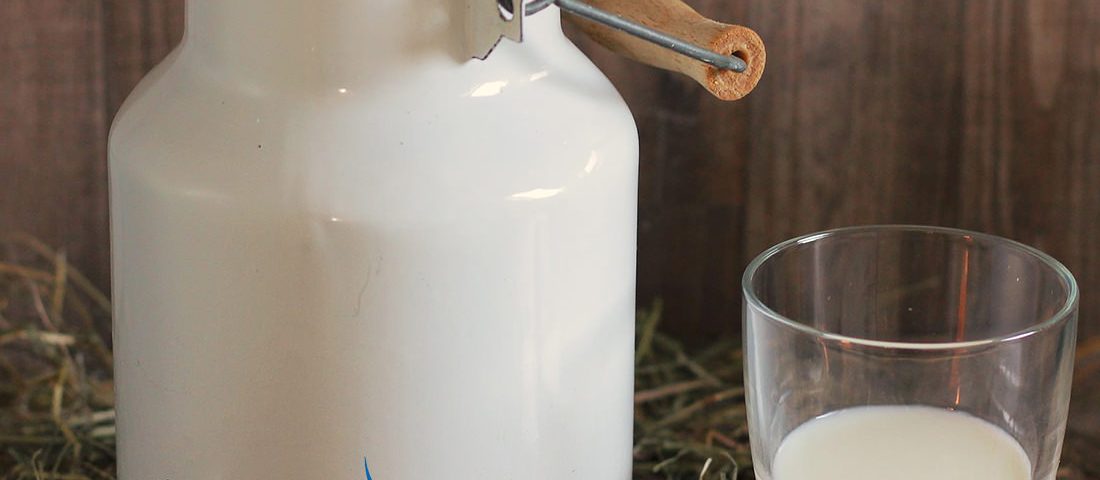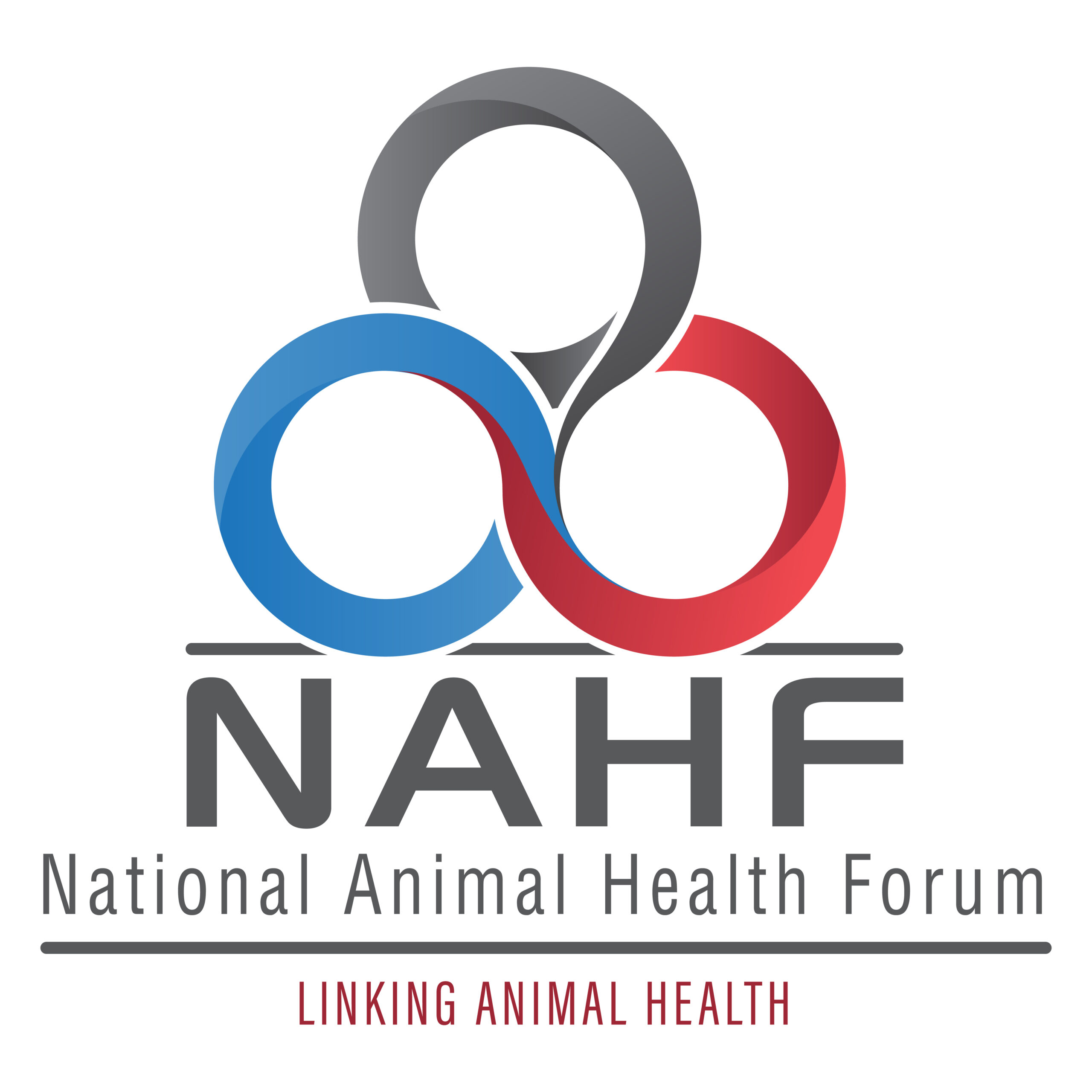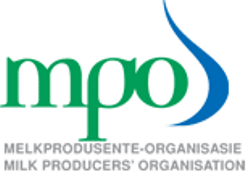
Calves are born with a physically and metabolically underdeveloped rumen and initially rely on milk to meet nutrient demands for maintenance and growth. Initiation of solid feed consumption, acquisition of anaerobic microbes, establishment of rumen fermentation, expansion of rumen in volume, differentiation and growth of papillae, development of absorption and metabolic pathways, maturation of salivary apparatus and development of rumination behaviour are all needed as the calf shifts from dependence on milk to solid feed. In nature and some production systems (e.g. most beef calves), young ruminants obtain nutrients from milk and fresh forages. In intensive dairying, calves are typically fed restricted amounts of milk and weaned onto starter feeds. Here we review the empirical work on the role of feeding and management during the transition from milk to solid feed in establishing the rumen ecosystem, rumen fermentation, rumen development, rumination behaviour, and the growth of dairy calves.
In recent years, several studies have illustrated the benefits of feeding more milk and group rearing of dairy calves to take advantage of social facilitation (e.g. housing with peers or dam), and this review also examines the role of solid feed on rumen development and growth of calves fed large quantities of milk and reared under different housing situations. We conclude that the provision of high-starch and low-fibre starter feeds may negatively affect rumen development and that forage supplementation is beneficial for promoting development of the gut and rumination behaviour in young calves. It is important to note that both the physical form of starter diets and their nutritional composition affect various aspects of development in calves.
Further research is warranted to identify an optimal balance between physically effective fibre and readily degradable carbohydrates in starter diets to support the development of a healthy gut and rumen, rumination behaviour, and growth in young calves.
J Dairy Sci February 2016
Vol. 99, No. 2, pp. 885-902
M Khan*, A Bach, D Weary, M von Keyserlingk
Published on Monday, 11th April 2016 - 12:26
Recent Posts
disclaimer









